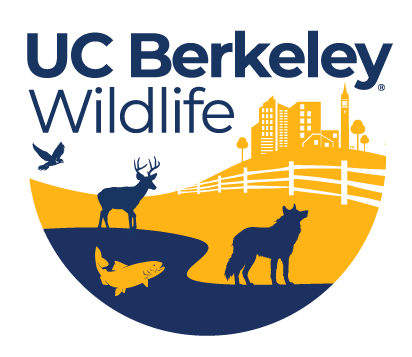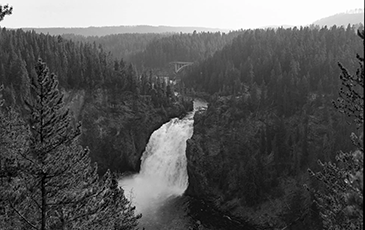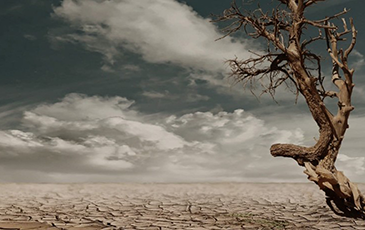Stone Center Co-Director Arthur Middleton recently published a guest essay in the New York Times that discusses the possible linkages between the TV show “Yellowstone” and increased development in the area. Arthur argues that "Yellowstone" made owning a piece of this landscape glamorous around the same time the pandemic and remote work drove more people to do so.
Nearly half of Colombian artisan craft plant species lack national and international vulnerability assessments
Humanity has maintained cultural connections with our environments from time immemorial. Plants and artisan crafts are a prime example, as craft purpose, skill, design and species used can vary greatly between communities and the loss of a critical plant species can result in a loss of access to cultural craft practices.
Meeting the Moment: Embracing Change at the National Geographic Society
Join us for this special Albright lecture by Jill Tiefenthaler, CEO of the National Geographic Society, as part of Rausser College of Natural Resources' 50th anniversary.
California Wolf Project will advance science and management of gray wolves
After nearly a century of absence from California, gray wolves (Canis lupus) have made their return to the state.
To Dream of Beauty: On the Possibility of Afrofuturism as a Solution to Climate Catastrophe
Christopher J. Schell Considers the Intersections of Systemic Racism and Systematic Destruction of the Environment
How color shapes which animals we fear — and which we protect
In this post published to UC Berkeley News, Tyus Williams talks about how unconscious human bias shapes which animals we fear and which we protect, and how these biases may reflect deep-seated beliefs about color, lightness, darkness, and race.
How urban raccoons adapt to new foraging challenges
A new study led by postdoctoral researcher Lauren Stanton documents how raccoons use innovative problem-solving skills when foraging for food.








